Affiliate links on Android Authority may earn us a commission. Learn more.
We got a pair of McDonald's VR "Happy Goggles" and they're surprisingly good
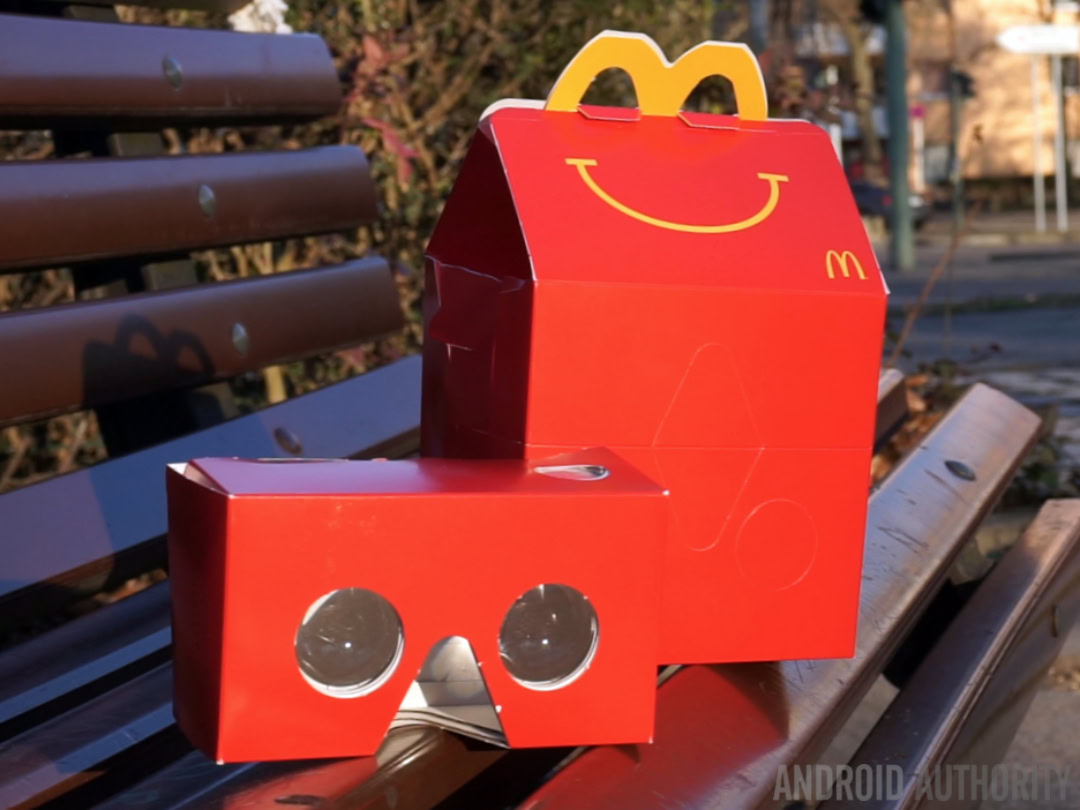
Remember how McDonalds restaurants in Sweden were giving away a free VR headset – called Happy Goggles – with every Happy Meal recently? Well, we got a pair. We love the idea of a huge chain like McDonald’s getting behind VR but we wanted to know if it was even vaguely possible that Mickey D’s could include a passable VR headset as a free extra in a Happy Meal. Here’s what we discovered.
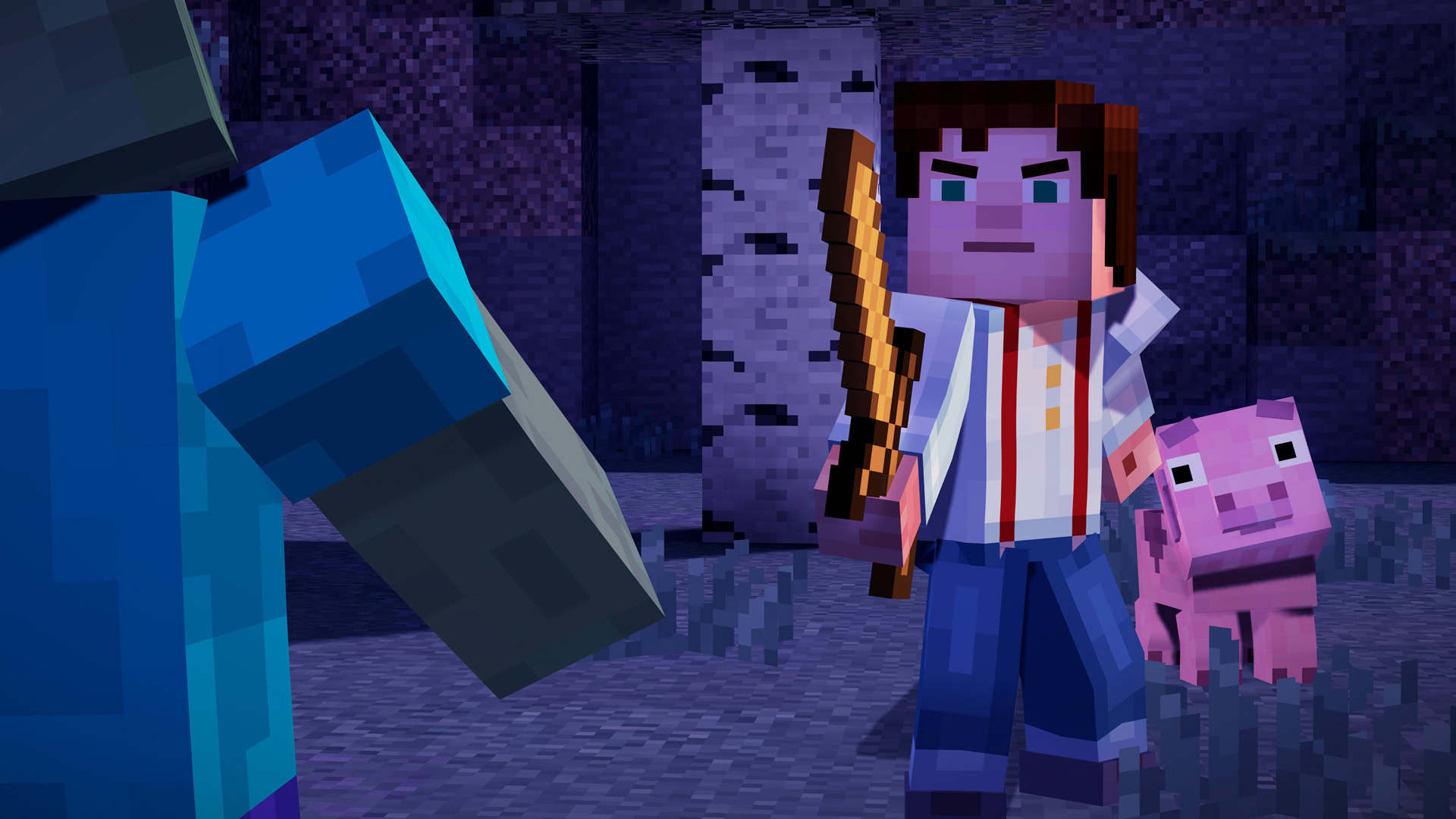
Considering the cost of a Happy Meal is around three dollars, depending on what kind of food comes inside it, I have to say I was highly skeptical. When I first saw the flimsy red sheet of thickened paper with a perforated Cardboard shape on it, I was even more dubious. But you can’t judge a book by its cover, even when that cover comes with a cheeseburger and fries inside.
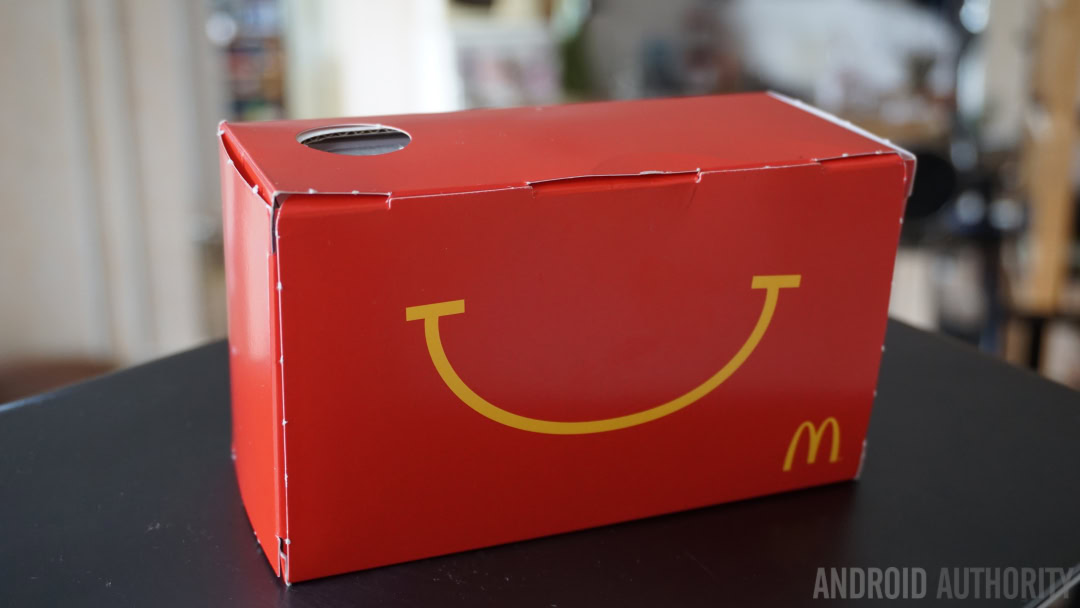
The outside of the Happy Goggles – the bit you fold up from the Happy Meal box – is actually only the outside shell of the Cardboard viewer. Inside the Happy Meal you also get a firm cardboard structure, complete with lenses, that slots into the red box you just folded up. It’s nowhere near as rigid as a real Google Cardboard, but it definitely gave me some hope.
Happy Goggles are aren't as neat or rigid as Google Cardboard, but they work.
Once the Happy Goggles are assembled and the Google Cardboard app is installed on your phone, you simply open the flaps at one end of the box and slide your phone into the space at the back. Volume buttons tend to catch on the box and at 5.5 inches my Galaxy S7 Edge was a little too tall to fit comfortably in the box, but once it was in there everything seemed fine. It’s not as neat as Cardboard, but it works.
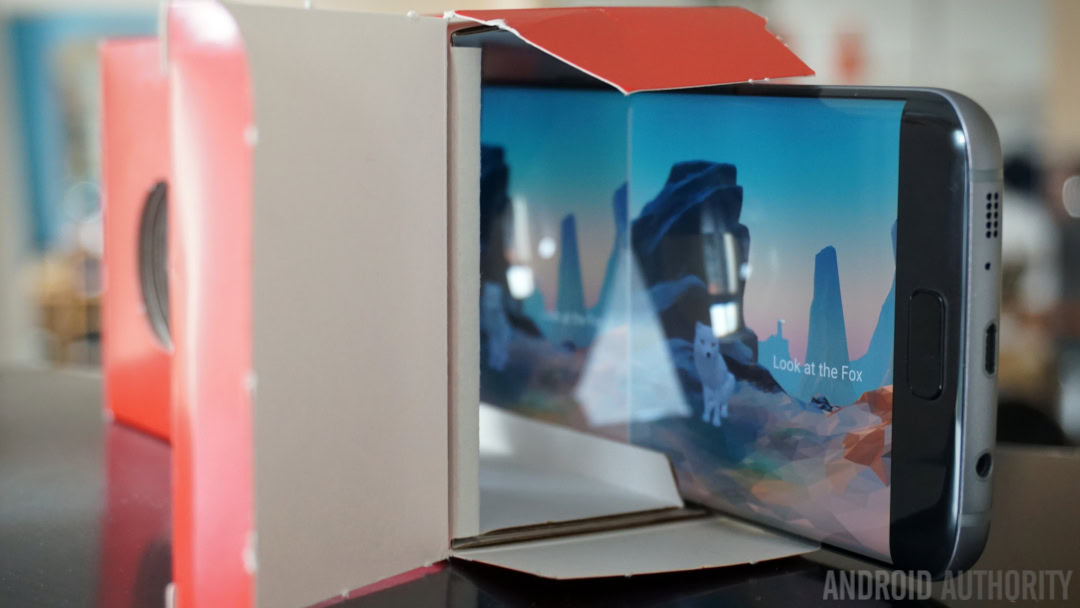
When I fired up the Arctic Adventure demo in Cardboard though, the bottom fell out of my VR experience. Everything looked great – even better than I had expected – but the “button” on the Happy Goggles simply wouldn’t register my presses. Now, you have to push pretty hard on a regular Cardboard sometimes too, but no matter how hard I pushed, the lever inside would only register a touch once out of every ten attempts.
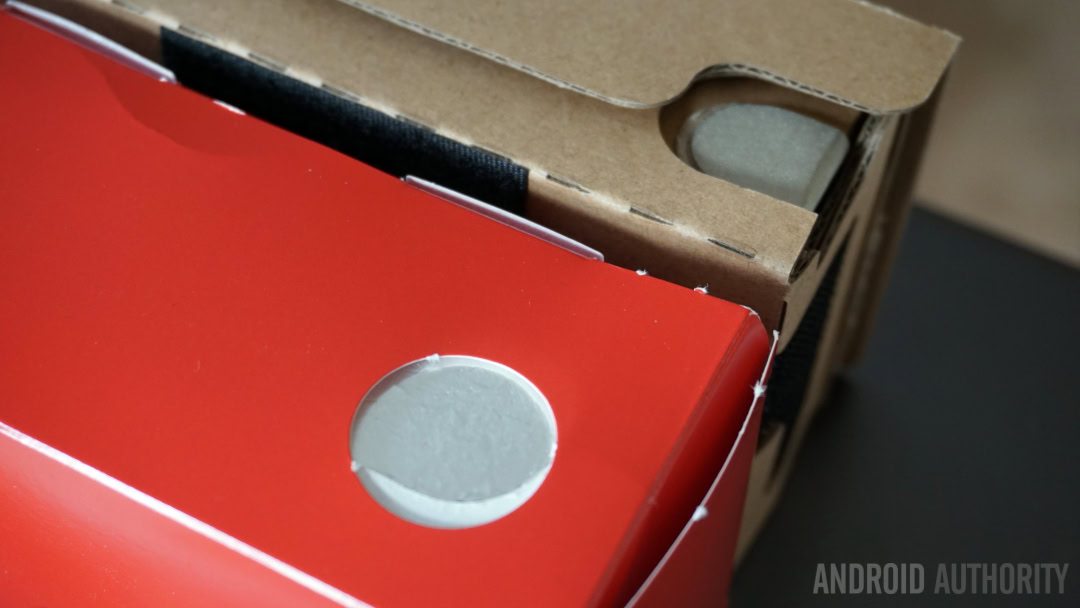
At first I thought the problem was how flimsy the lever mechanism was. The structure from the “button” to the part that makes contact with the touchscreen is the same as on a Google Cardboard, just less rigid, but I soon realized the mechanism itself is more than strong enough. Nowhere near as sturdy as a real Google Cardboard, but surely solid enough to get the job done.
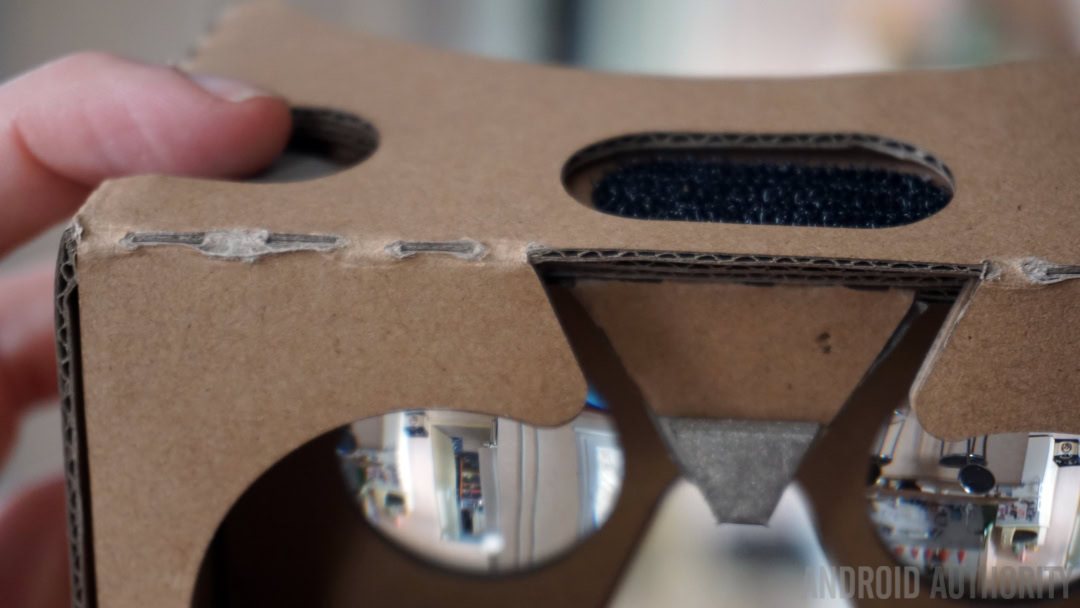
I slid out the internal structure from the Happy Goggles shell and inspected it for the weak point. The problem turned out to be that the part that makes contact with the touchscreen is just a piece of foil, not the capacitive tape used in Google Cardboard. Lucky for me I figured this out, so I cut a piece of the tape off my real Google Cardboard and taped it to the lever of the Happy Goggles.
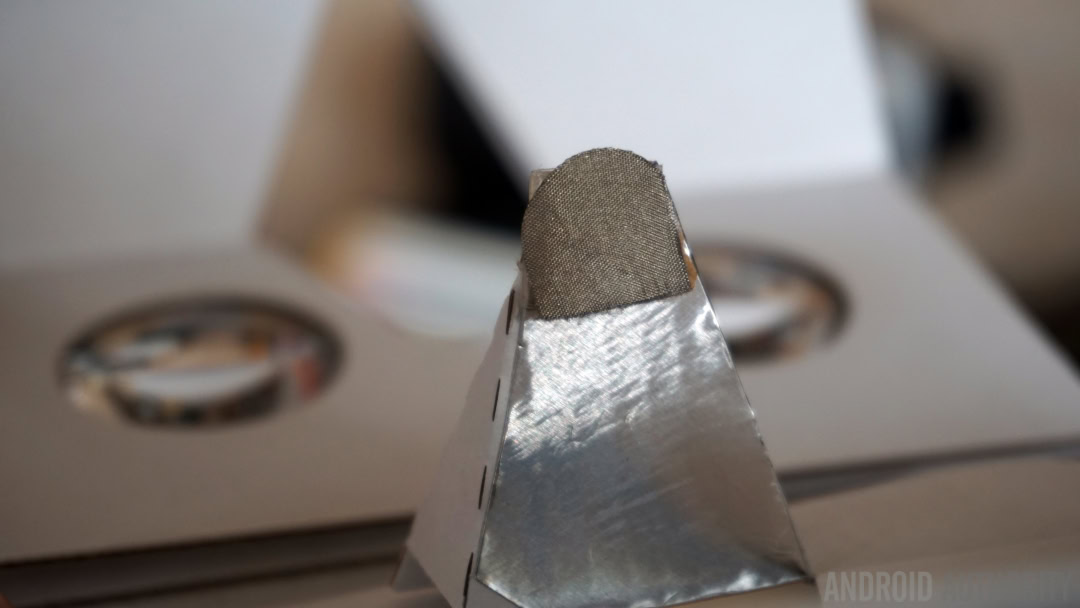
I put everything back together again, slid my trusty S7 Edge in and voila! Success! The Happy Goggles instantly began registering every press of the button. I explored several VR worlds with both Happy Goggles and the Google Cardboard and cannot say that the experience is really any different on either headset. This in itself was enough to knock my socks off.
You can't judge a VR headset by the cheeseburger it comes with.
Considering a Google Cardboard will set you back between $10-$20, depending on where you buy it, and the Happy Goggles are free with a Happy Meal, I certainly know where I’d be putting my money: into a cheeseburger and fries, that’s where. I honestly never expected Happy Goggles to be anywhere near as good as Cardboard, but, as mentioned above, you can’t judge a VR headset by the cheeseburger it comes with.
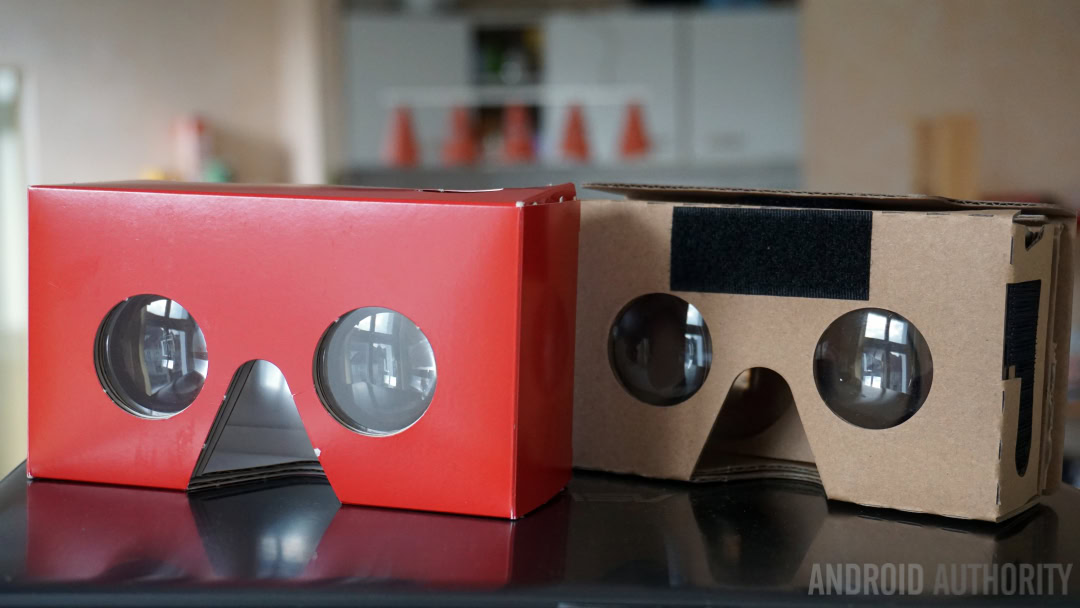
Sure, Happy Goggles aren’t likely to last as long as a regular Cardboard, but considering where they come from it’s pretty impressive. When is the last time you kept the bag a hamburger came in? If it wasn’t for the bungled capacitive button problem, I would have been seriously impressed right from the get go. I suspect McDonald’s never really intended to make a Google Cardboard competitor, but they somehow did.
I doubt McDonald's intended to make a Google Cardboard competitor, but they somehow did.
I’m sure McDonald’s simply wanted to give kids a cheap way to experience VR. And if those kids wanted to graduate to a better VR headset after that, then more power to them. But Happy Goggles are so surprisingly decent there’s actually no need to “move up” to Cardboard because they offer the same quality of VR. The next stop really would have to be Samsung’s Gear VR, but that’s a $99 investment that also requires a recent Samsung flagship phone.
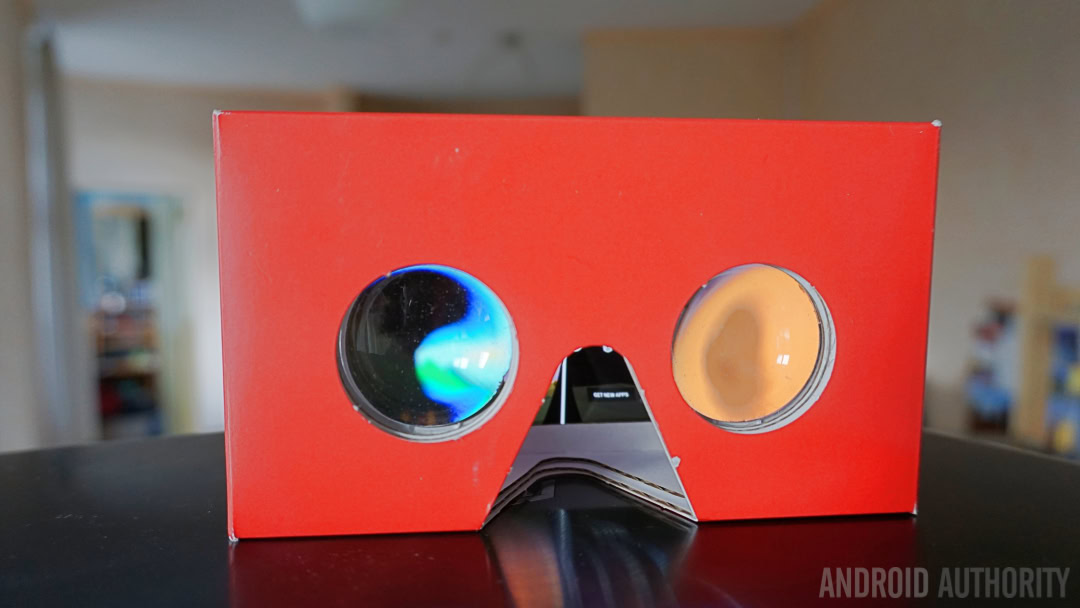
On the downside, the Happy Goggles experiment has only taken place in Sweden so far. But I would be surprised if the trial promotion wasn’t received very well and I fully expect to see it spread to Europe and the U.S. in the very near future.
But a word to the wise: McDonald’s, if you’re listening – invest in some of that capacitive tape. Otherwise, instead of bringing a surprisingly good VR headset to the people, the Happy Meal box will end up in the trash like it normally does. As for the rest of you, perhaps you’ll have a good reason to make a visit to Mickey D’s in the near future. And in case you’re wondering, you still get a toy too…
Did you ever expect Happy Goggles would be any good? Keen to see the promotion in your town?